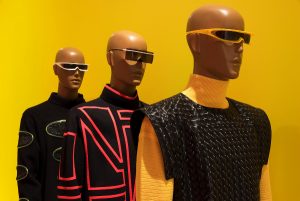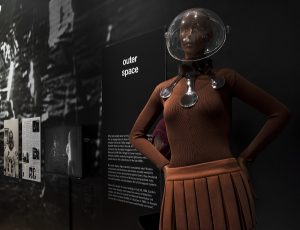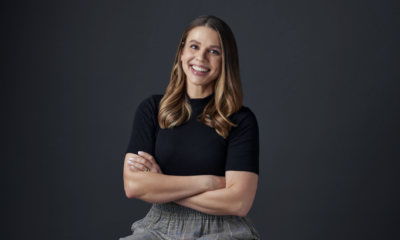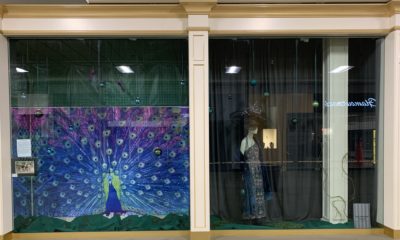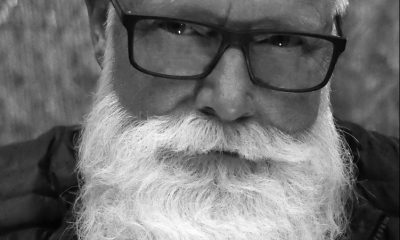What brought you to a career in design and fashion?
My interest was there for a long time. When in school at the University of Pittsburgh, I received a degree in film studies with an emphasis on design. At the time I didn’t consider exhibition design as a career option. After graduating, I got a job as a curatorial assistant in the Section of Film and Video at the Carnegie Museum of Art. When I came to New York in 1987, I got a job as a curatorial assistant at the Whitney Museum in the film and video department.
And you found your calling in exhibition design?
In the evenings I designed sets and costumes for theater director Ping Chong. I designed six productions for him, mostly at La Mama theater on East 4th Street. In 1989, I won a New York Dance and Performance Award (known as a ‘Bessie’) for outstanding set and costume design. I was then asked by the Whitney if I had considered exhibition design. I had not thought of it as an option. I accepted the challenge and soon worked on a Joseph Stella retrospective at the Whitney.
What brought you to the Brooklyn Museum?
I worked at the Whitney for 12 years. I received a call from Arnold Lehman, then Director of the Brooklyn Museum. He saw my work at the Whitney, a Bob Thompson retrospective with yellow and red walls. He loved it and was very interested in my work in exhibition design, so I made a career switch from curatorial to design.
Is fashion an art form?
We are in the museum world. To this day there are a lot of strata in art. Designers today are making fashion for a broader public. This, too, is art.
RETAIL AS ART
Are there similarities between store design and exhibition design?
There are so many overlaps between the two. Both are showing objects, and there is casework. Of course there are different requirements, most notably in lighting. In store design, the lighting is brighter and helps to define a mood. In museums, a large emphasis relative to lighting is conservation. For example, a work on paper couldn’t have more than three- or four-foot candles of light on them.
Last April you curated a show titled “Pierre Cardin: Future Fashion.” What was it like to stage a show of that nature?
It began with an introduction and a visit to Paris to meet with Pierre Cardin. We had a good rapport and a good meeting. He immediately asked his assistant to open the archives.
[Pierre] told me that as a child he looked up at the sky and imagined all the stars were women in evening gowns. He wanted to make women look like galaxies. This revelation was an inspiration to me as I designed the exhibition.
PHOTO GALLERY ( 5 IMAGES)
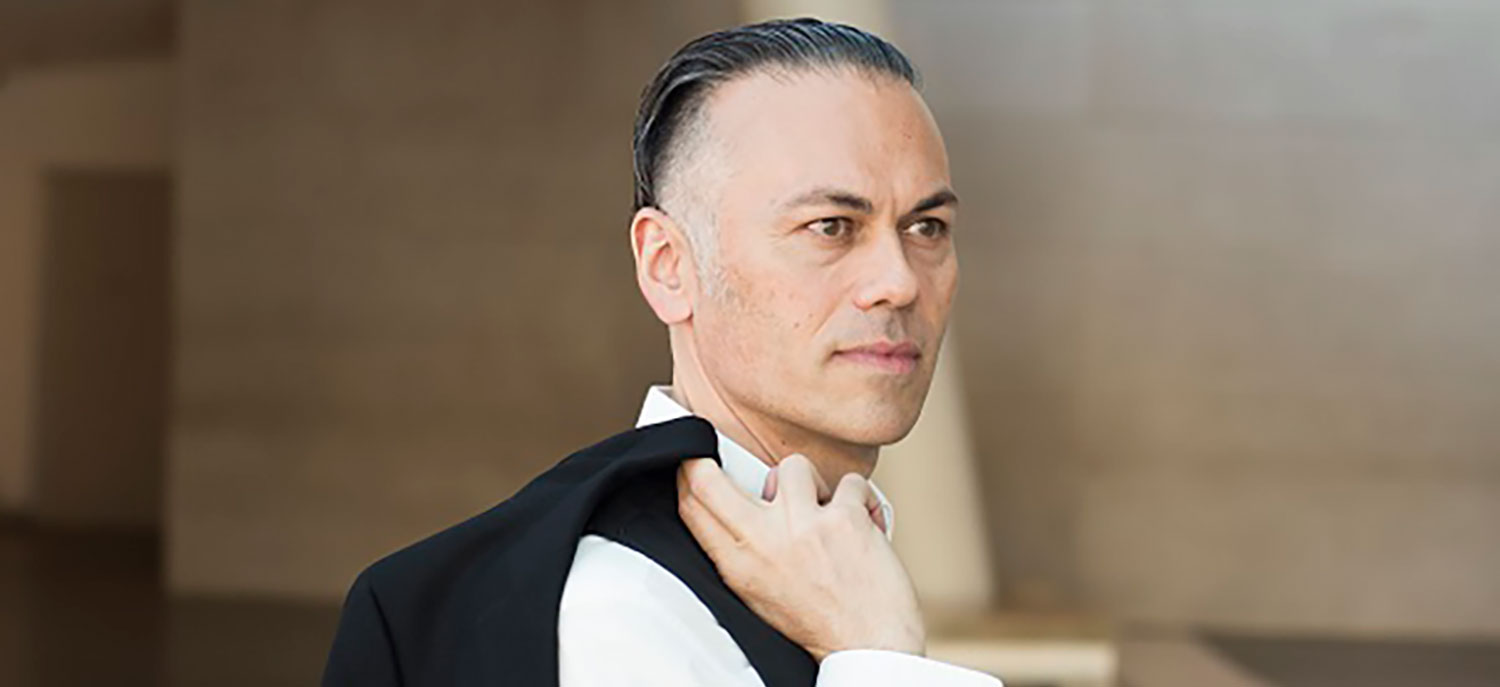

 Photo Gallery1 week ago
Photo Gallery1 week ago
 Headlines2 days ago
Headlines2 days ago
 Headlines1 week ago
Headlines1 week ago
 Headlines1 week ago
Headlines1 week ago
 Designer Dozen2 weeks ago
Designer Dozen2 weeks ago
 Headlines1 week ago
Headlines1 week ago
 Designer Dozen6 days ago
Designer Dozen6 days ago
 Headlines1 week ago
Headlines1 week ago
